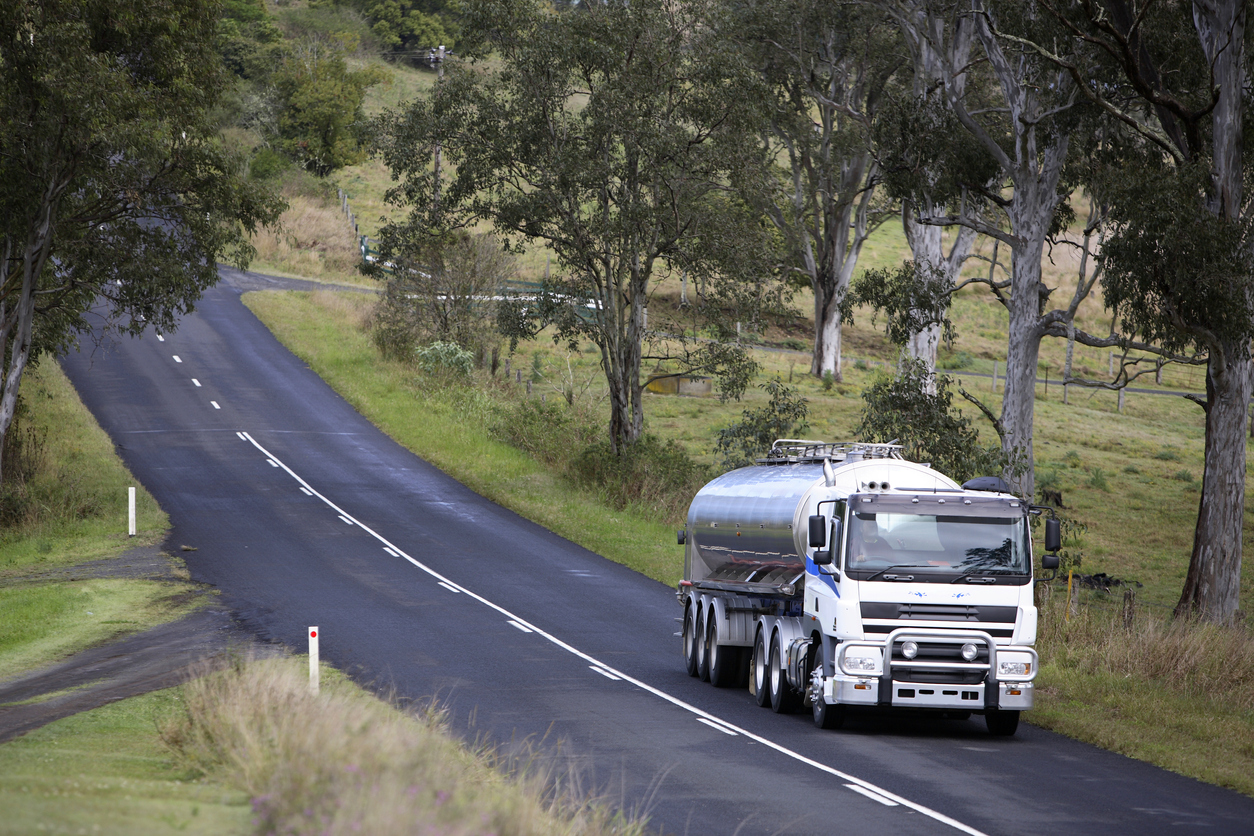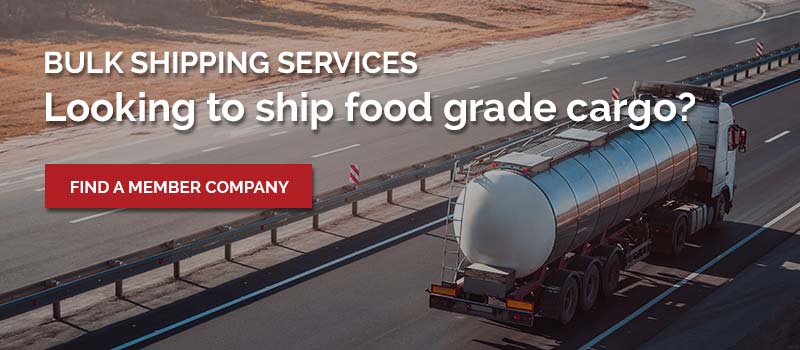 If you require food grade tanker trucks, here’s some basic recon on what type of transport you might need.
If you require food grade tanker trucks, here’s some basic recon on what type of transport you might need.
Delivery of liquid food grade by tanker trucks has been popular for businesses all around the world for years. The food grade tanker trucks come in different types, and what you need depends on your company’s needs.
Determining the right food grade tanker truck for your business guarantees you convenient transportation of foodstuffs. It also significantly reduces the risk of deterioration of liquid food, and allows for traceability and optimum maintenance during the trip.
This means that every step of the transportation process is monitored, and an extreme product’s observance is vital. Food grade tanker trucks are fitted with GPS to allow consumers to track the movement of products. Hence, they can easily mitigate any sanitary issues. As a result, it’s important to choose an ideal food tanker truck according to your shipping needs.
If you require a food grade tanker, here’s some basic recon on what type of transport you might need.
Types of food grade tankers
Food grade tankers include a cylindrical-shaped tank lying on the truck’s body. These tankers are often distinguished by their design. However, rare characteristics include pressurization capabilities, acid resistance, refrigeration capabilities, and compliance with human food regulation standards.
Bulkheads
Bulkheads are solid dividers with small separate storage compartments within the tanker. Although this design significantly prevents back-and-forth movement of liquid freight, it allows for side movement of the liquid, which puts the tanker at risk of tilting off. To prevent this, operators should ensure equal distribution of liquid cargo. Failure to do so can result in an unstable load.
Baffles
Baffles are similar to bulkheads, only that they contain angled hollow dividers that slow down the back-and-forth movement of liquid cargo.
Smoothbores
Smoothbores include one long, smooth interior compartment with no baffles or bulkheads. Even though this design allows easy sanitization of the interior for hauling foodstuffs, lack of baffles or bulkheads also enables free gurgling of liquid cargo in partially filled tankers, hence shoving the truck in the direction it’s going.
Suppose the driver accelerates or shifts quickly; the liquid flashes to the back of the tanker, decelerating it. On decelerating sharply, the cargo freight slams to the front of the trailer, generating a potentially harmful ‘liquid surge’ which can lead the vehicle into an intersection.
Ask a transport expert
When it comes to food-grade tanks, there are lots of diverse products you can transport. Luckily, Ship North America has experience shipping numerous food-grade liquids. So, if you’re looking to transport food items, don’t hesitate to reach out to us.
Through our member companies, the Ship North America Network provides a wide range of services for specialized freight movement. Visit our blog for more articles, news, and updates on the transportation industry.

